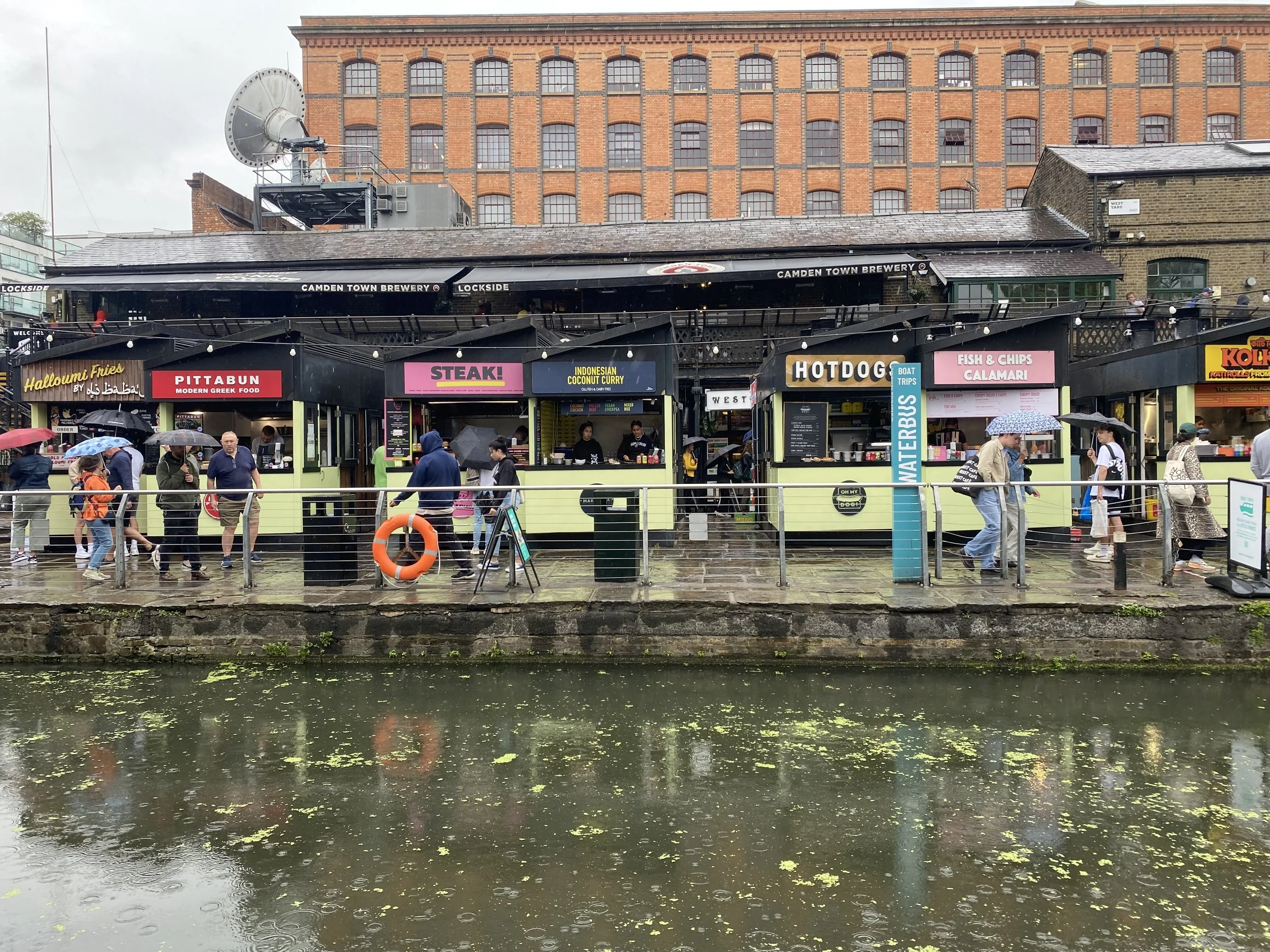I GUESS I HAVE ALWAYS been a “walker”. When I was a kid growing up in the town locals nicknamed Slaggy Island, I would often walk the four miles to the bottom of the North York Moors escarpment and then scrabble up 750 feet or so to reach Eston Nab, once the site of an Iron Age hill fort.
From there, you could see right across the Tees estuary to Hartlepool and beyond, with the flare stacks of ICI and the British Steel blast furnaces and coke ovens belching fumes and the river snaking silver to the sea. At the top of the climb, the air was clean and in season you could feast on bilberries and blackberries.
Sometimes, my mates Eric (Smith) and Dennis and I would stay up there all day, skipping our midday meal to scramble about the sandstone cliffs or explore disused and dangerous ironstone mine workings. The round trip was at least eight miles, although we probably did closer to ten or 11. And we did it in all weathers, from quite a young age.
As teenagers, we had an overnight crack at the 42 mile Lyke Wake Walk across the moors and got lost in the blackness, our compasses thrown into a spin (we told ourselves) by the US ballistic missile early-warning station at Fylingdales near Whitby. We were doing the walk the wrong way round, from Ravenscar on the coast to Osmotherley on the other side of the national park, and morning found us lying exhausted in hot sunshine on the beach at Scarborough only ten miles from where we started and still 40 miles from our destination. We had probably walked 25 miles in a long, straggling loop, perhaps more.
In late middle-age, there were the proper long-distance routes: the 100-mile South Downs Way and the 185-mile Thames Path. My pal Nigel and I did them in stages over many months, and - curiously - we completed neither. We did almost all of both, but the Thames Path grew a little dull (and expensive) as we neared the source, and at the end of the beautiful South Downs Way we simply didn’t feel like walking into a major city like Winchester, since it might have spoiled the experience. (We were delighted to discover that poet laureate Simon Armitage didn’t complete the Pennine Way either … a confession he made in his book Walking Home: Travels with a Troubadour on the Pennine Way (2012). We felt we were in good company after that, and formed a virtual club with Simon Armitage - although I don’t think we ever mentioned it to him.)
We still walk, Nigel and I, although the walks are shorter than they used to be now that we are older and our joints are noisy. The longest in recent memory was 15 miles along the Thames Path from Kew Gardens to Waterloo Station, although that was the result of a map reading error on my part (and at one point we hopped on a bus). Usually, we hack around the muddy woodlands of the Surrey Hills for eight or nine miles since that particular Area of Outstanding Natural Beauty lies between Hampton and Tunbridge Wells where we live.
Occasionally, we still clamber up the buttocky hills of the South Downs where, once and in a snowstorm, Nigel wore a false beard of snow about a centimetre thick. He didn’t seem to notice - or perhaps he was just too cold to care.
These days, in winter, when the woodland paths become mudslides, we walk in London often along a canal tow path, although that isn’t necessarily a guarantee of a drier walk. Just beyond Finsbury Park, hacking along a canalised section of the New River, I slipped and rolled on a treacherous path and had to eat lunch in a Stoke Newington pub caked in dried mud like a golem.
On our most recent walk, from Kings Cross to Paddington basin, it rained steadily, which was … interesting. It meant there were fewer joggers and cyclists on the tow path, and the air was fresher and cleaner than usual too. We stopped at the Camden Tea Bar, and sat on a covered balcony sipping tea and watching tourists with umbrellas navigate the narrow pathways between food stalls. At Primrose Hill, we saw screeching schoolgirls in kayaks being herded by teachers under the pagoda-inspired walls of the Feng Shang Princess restaurant, and then we broke away and had an indifferent lunch in a Victorian pub. Lunching on London walks is always a lottery.
Back on the canal, we passed the Snowdon Aviary at London Zoo, now home to very visible black and white colobus monkeys from the mountainous forests of Central Africa. Damp visitors were walking through the former aviary to see damp monkeys huddled together in the rain, looking back at them: primates watching primates.
At Little Venice, a team of young women in kayaks and on paddle boards were fishing litter out of the canal with litter-pickers. One paddle boarder leaned too far, wobbled and almost lost her balance. The canal, like life, is full of drama.
When we finally reached Paddington Basin, we clambered aboard the floating cocktail bar May Green, which - along with its companion Darcie - was designed by revered British pop artist Sir Peter Blake. Refreshment was taken.
“Was that a good walk?” Nigel asked as we got to Paddington Station. “They’re always good walks,” I said, and I meant it. Getting out into the world, taking a little exercise and having a good look around you is always a positive thing, at any age. It’s what we were designed to do; it’s the walk of life.
Camden Market in the rain.

